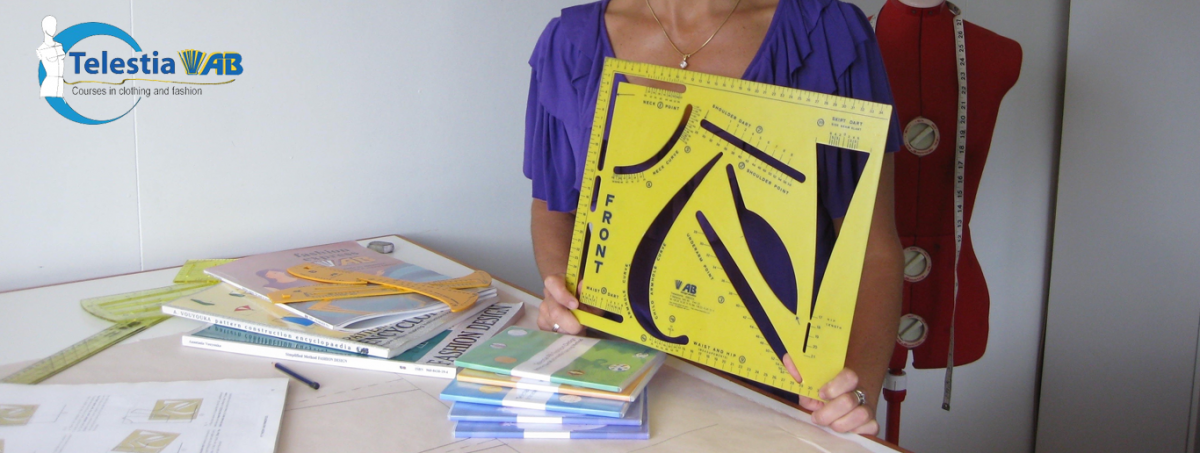To know more about the stretch fundamentals of pattern making, we need to understand the difference between woven and knit fabrics. In that case, it is significant to state that Lycra or spandex can be added to woven and knit garments for adding stretch. However, we will look into both these fabrics in their natural state and later discuss about adding spandex. When you know the fabric’s structure, it becomes easy to understand the reason and how stretch and knit is managed interchangeably, even though many woven fabric are known to have stretch. The point is when you know the fundamentals then you will be able to make the best use of a clothes pattern making software based on your requirements.
Woven fabric is made by weaving or interlacing the threads in conjunction on right angles to each other. Generally, maximum threads in their natural form do not stretch. Imagine pulling the woven fabric on the left and right side, up and down side. Either way, you are pulling the fabric along the length of the thread. There are loops in the structure of the fabric that opens up, allowing the stretching of the fabric. It is how the loops of the knitted yarn are made to allow stretching.
The difference between Stretch woven & Knits
Well, jerseys are usually knits, but in many cases it is not easy to tell it at one go. However, checking the end part of the fabric or the cut edge will provide you with information on whether the fabric is knit or stretch woven. If you check a tartan fabric, you will find at the cut edge that it is frayed, plus the interlaced crosswise and lengthwise threads are coming loose. On the other hand, a velvet fabric has an edge where it curls than frays. It is proof that it is a knit fabric. It should be noted that fabric that stretches on the lengthwise grain is capable of curling on the selvedge.
Ways to check the amount of stretch on a piece of fabric
When you want to test the amount of stretch, fold the fabric first on the grain which you want to test. Make sure to do it on the crosswise grain for Stretch woven, crosswise and/ lengthwise Knits. Also, fold it over if you are stretching some distance away from the edge. First, put two pins in the fabric and then take a tape to measure for marking a particular distance.
Also, fabrics can be divided into three types based on what direction they stretch in and how/where the stretch is derived. There is One way stretch, Two way stretch, and Four way stretch, on which a piece of fabric is categorised. This information is significant when drafting the pattern accordingly because the maximum stretch goes around the body for a dress. To decide the right kind of fabric for a dress, you need to know to have the information when you can use two-way stretch and when you need four way stretch.
For more information regarding drafting, visit pattern creations today.



